Chapter 15
Africa Before 1800 CE
By Boundless
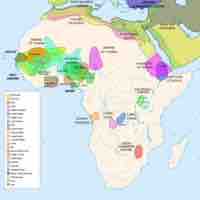
The origins of African art lie long before recorded history, beginning with the evolution of the human species. Over time, the continent became increasingly diverse in terms of culture, politics, and religion.

The art of ancient Africa is characterized by surviving sculptures, rock art, and architectural ruins.
Ancient rock art in the Sahara provides a window into the art and culture of the prehistoric peoples of Africa.
Two of the best examples of ancient terra cotta sculptures are from the Nok culture in Nigeria and from an ancient culture living near Lydenburg, South Africa.
The Nigerian town of Igbo-Ukwu is notable for archaeological sites where highly sophisticated bronze artifacts were discovered.
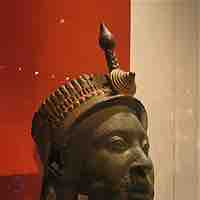
The Yoruba and Benin cultures produced sculptures most notably in bronze and ivory in modern Nigeria from the thirteenth through the nineteenth centuries.
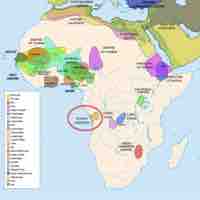
The Kingdom of Kongo was a highly developed state in the thirteenth century, best known for its nkisi or power objects.
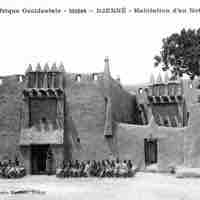
Djenné, once a thriving town in Mali, is known for its Great Mosque, Sudanese-style mud-brick architecture.

Aksum and Lalibela were cities in northern Ethiopia that, during their time, accomplished great feats of architecture.
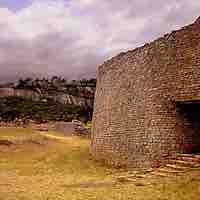
Perhaps the most famous site in southern Africa, Great Zimbabwe is a ruined city constructed by the Mwenemutapa.